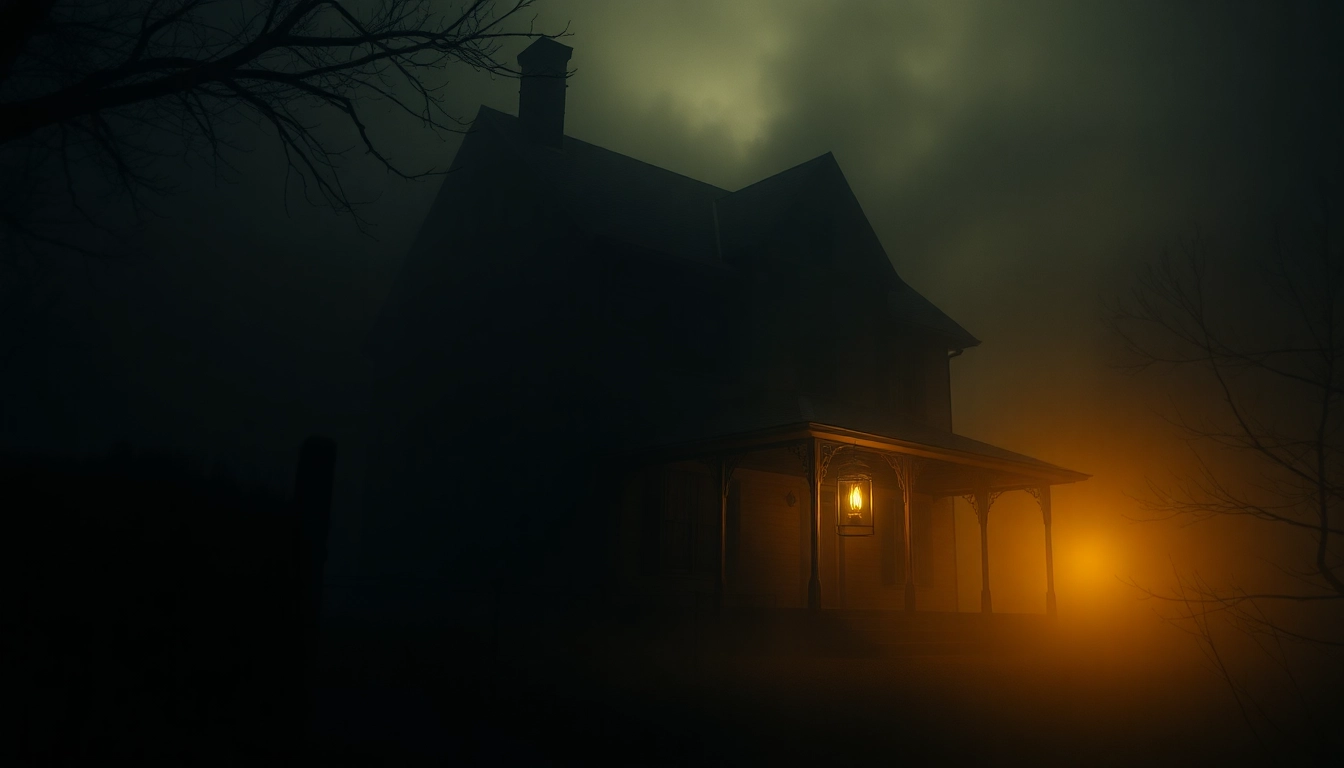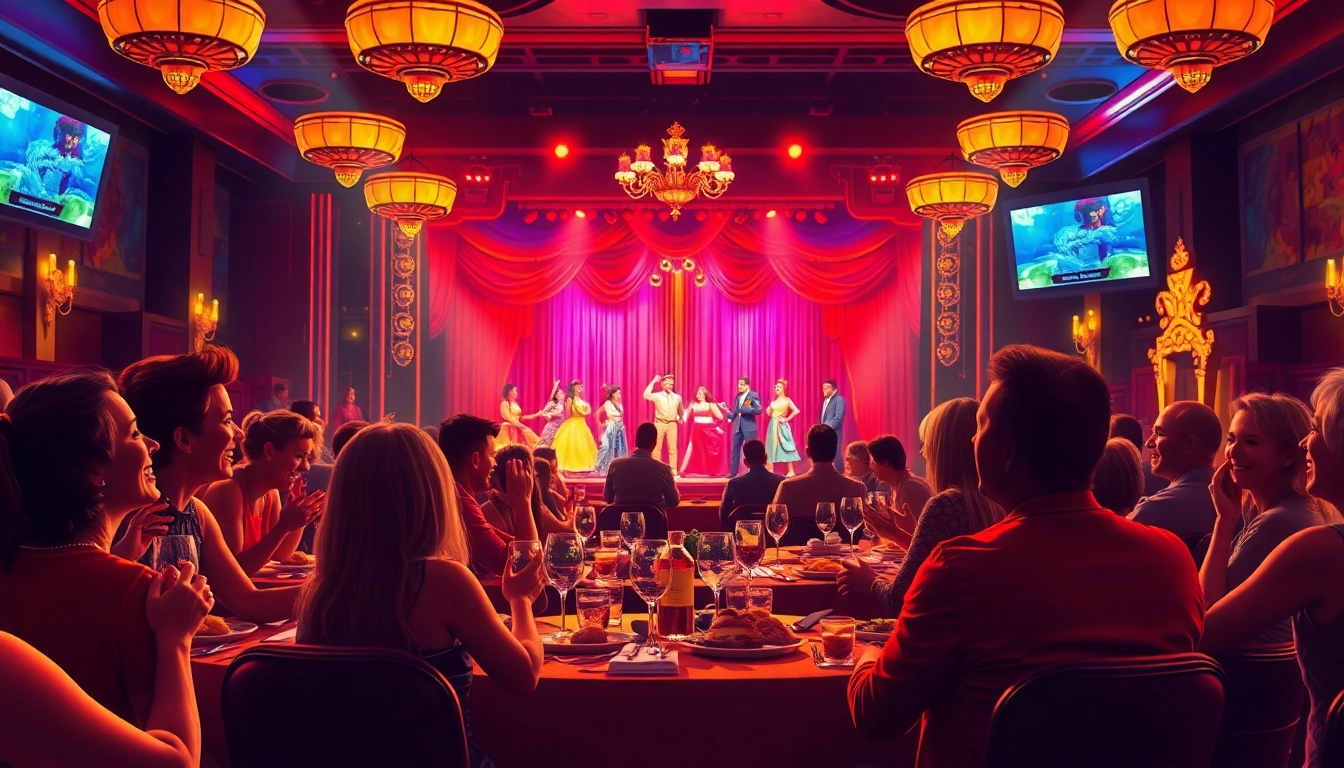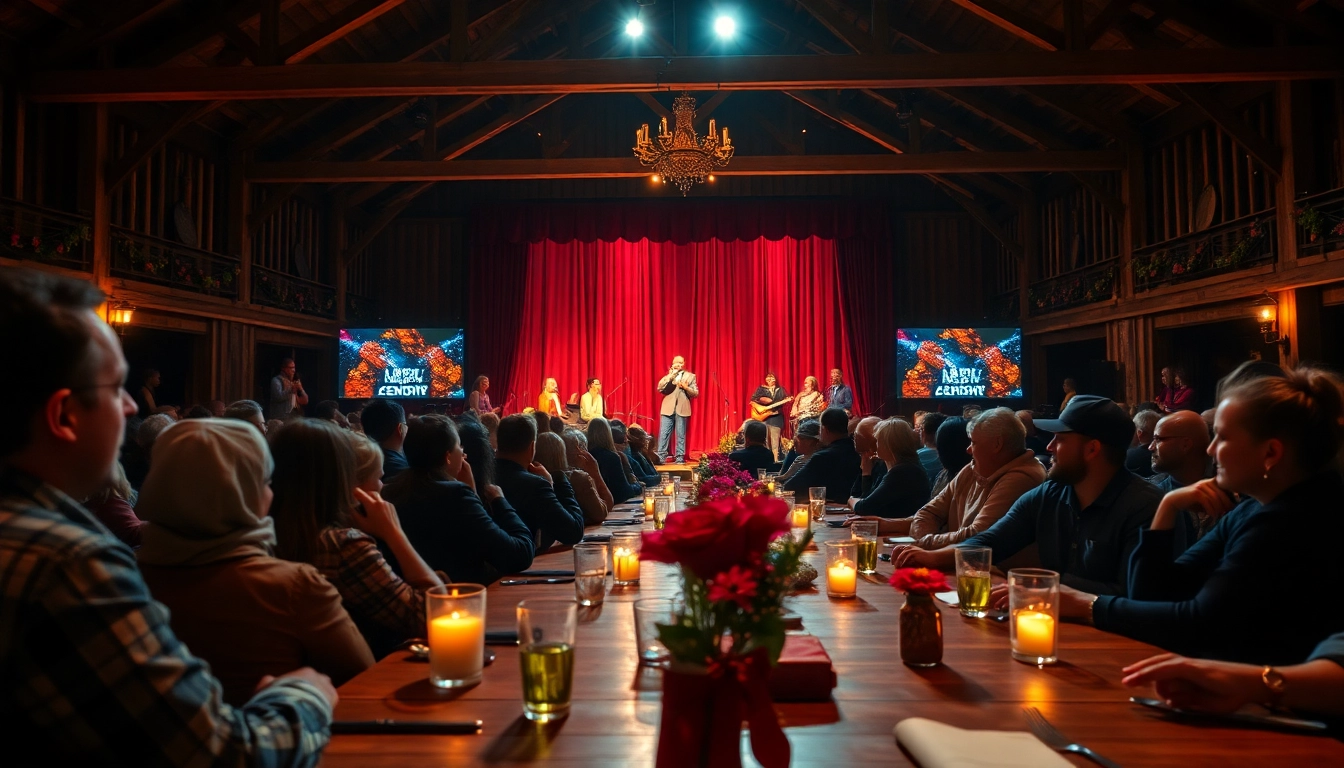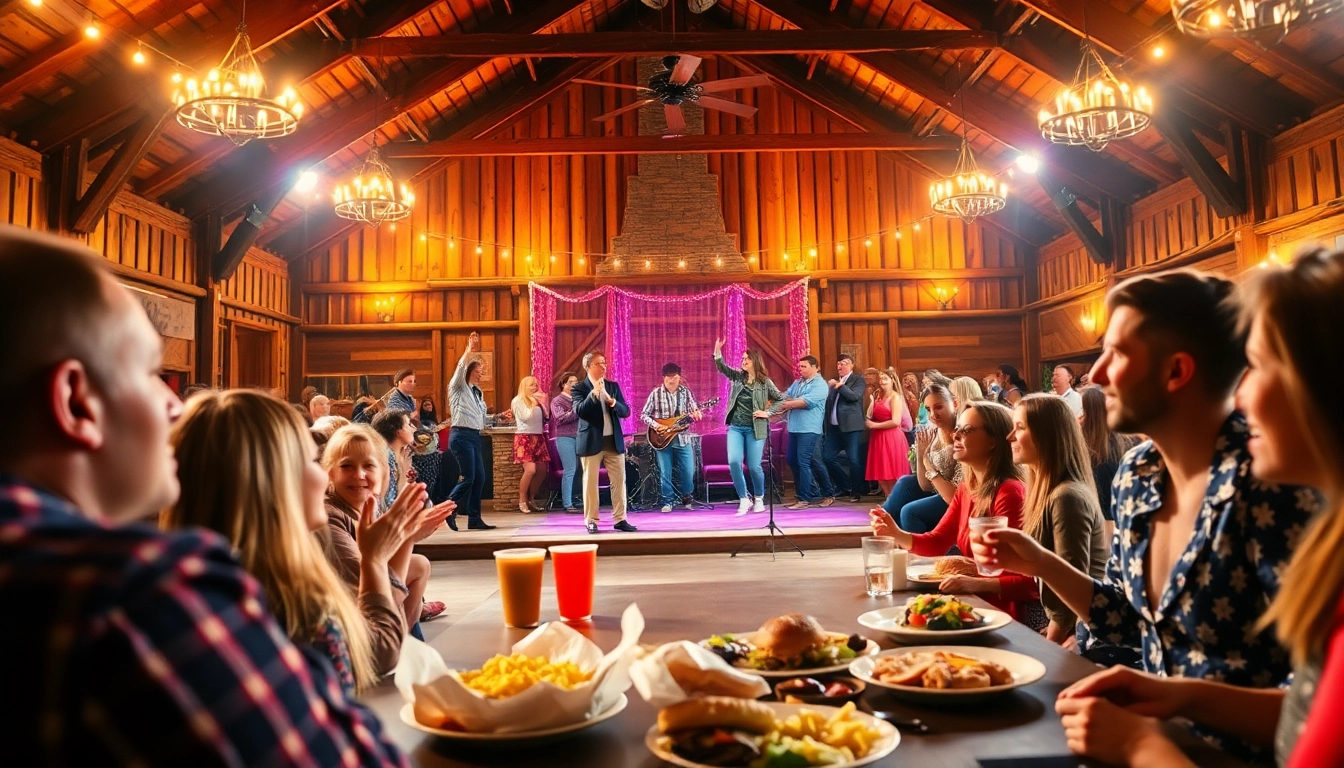Introduction to HellHorror
Welcome to the world of HellHorror, where nightmarish tales come to life and reality blurs with the supernatural. This comprehensive guide unravels the essence of horror cinema and focuses on the bleak yet fascinating theme of hell, which has been a significant element in films throughout history. By delving into this chilling universe, we not only explore exciting trends but also reflect on what makes us drawn to horror films that depict hellish realms.
What is HellHorror?
At its core, HellHorror serves as a dedicated platform for horror enthusiasts, providing insights into new horror movies, classic gems, and everything in between. It captures the pulse of the horror genre, offering reviews, discussions, and recommendations that resonate with the aficionados of the macabre. HellHorror is more than a mere website; it is a community where fans can share their fears, art, and obsessions while engaging with each other over the latest spine-chilling content.
The Evolution of Horror in Film
The journey of horror films began in the early 20th century with silent films such as “The Cabinet of Dr. Caligari” (1920), which laid the groundwork with its expressionist techniques and psychological depth. As technology advanced and cinematography improved, films like “Dracula” (1931) and “Frankenstein” (1931) brought universal monsters to life, captivating audiences and setting the stage for complex narratives.
The horror genre evolved throughout the decades, moving from classic monster stories to psychological thrillers and slasher films. The 1970s introduced legendary pieces like “The Exorcist” (1973), tackling deeper fears rooted in religion and the supernatural. As genre boundaries blurred, the 21st century saw a resurgence of horror filmmakers embracing various styles, notably the found footage and ‘elevated horror’ movements, creating films that resonate on psychological levels, demonstrating how horror serves as a reflection of societal fears.
Significance of Hell in Horror Genre
The portrayal of hell in horror films often symbolizes deep-seated fears and societal issues. From depictions of actual hell to metaphorical representations of personal demons, the theme is versatile. Films can explore themes such as guilt, punishment, and despair positioned against the backdrop of terrifying creatures or torturous landscapes. Such symbolism allows films to resonate emotionally and psychologically with viewers.
Top Horror Movies to Watch on HellHorror
Classic Horror Films that Defined the Genre
Classic horror films remain timeless not just due to their groundbreaking special effects and storytelling but because they delve into universal themes that resonate across generations. Some essential titles include:
- “Psycho” (1960) – Alfred Hitchcock’s seminal work that introduced psychological horror through its shocking plot twists and the infamous shower scene.
- “Rosemary’s Baby” (1968) – A chilling narrative that dives into paranoia and the loss of autonomy, encapsulating fears of motherhood and betrayal.
- “The Shining” (1980) – Stanley Kubrick’s adaption overlays psychological horror with supernatural elements, showcasing the breakdown of a family under isolation.
Modern Horror Hits in 2025
The horror landscape is continually evolving, and the year 2025 is projected to deliver fresh titles that push boundaries while maintaining traditional themes:
- “The Night House” – Explores grief and loss, framing these themes through a personal hell that strikes fears about the unknown.
- “Candyman 2” – A sequel that returns to explore socio-political issues while intertwining urban myths and folklore, continuing the lineage of its predecessor.
- “Hell House LLC: Lineage” – This installment continues to build on terrifying narratives inspired by immersive horror experiences gone awry.
Must-Watch Hell Themed Movies
Hell is not just a setting but a rich thematic element in many films. Exploring hell through narrative can highlight the depths of human suffering and the consequences of their actions. Here are several must-watch films:
- “Hellraiser” (1987) – A tale steeped in a complex mythology involving pain, pleasure, and the notion of all-consuming desire.
- “Drag Me to Hell” (2009) – This film juxtaposes horror with dark humor, encapsulating the fear of eternal damnation mixed with moral consequences.
- “The Witch” (2015) – While not literally depicting hell, its themes of puritanical oppression and supernatural fear create a hellish atmosphere.
Thematic Exploration of Hell in Cinema
Common Depictions of Hell in Movies
Hell in cinema can take many forms, often serving as a psychological landscape for characters’ struggles. Common depictions include:
- Physical Descent into Hell – Many films feature characters literally descending into hell, such as Dante’s Inferno-inspired narratives where protagonists confront their fears directly.
- Metaphorical Hell – Frequently used to represent internal struggles, guilt, or the traumas of a character’s past manifesting as a hellish experience.
- Hell on Earth – Stories showcasing societal collapse or post-apocalyptic settings depict our world as a form of hell.
Psychological Aspects of Horror Films
The connection between psychology and horror is profound. Movies that depict hell often intertwine mind games and fear-induced tension that reflect anxieties in human nature. Filmmakers like Ari Aster, in “Hereditary” (2018), exemplify how character-driven narratives fuel emotional investments that challenge audiences’ perceptions of sanity, family dynamics, and untold grief.
Symbolism of Fear in HellHorror
The symbol of hell transcends its conventional fiery imagery and becomes a canvas onto which filmmakers project humanity’s fears. It challenges audiences to confront what they fear most. This dynamic boosts engagement during the viewing experience, as viewers often reflect on personal fears and societal issues while experiencing nail-biting tension on screen. From hellish aesthetics to intricate storytelling that plays on psychological horror, the genre invites deep contemplation.
Viewer Challenges and Experiences
Scariest Films to Test Your Limits
The thrill of horror often lies in pushing boundaries; films designed to elicit extreme reactions engage viewers in unique ways. Some of the scariest films that leave audiences questioning their own bravery include:
- “The Conjuring” (2013) – Claustrophobic and intense, this film immerses viewers with its authentic ghost-hunting experiences.
- “Hereditary” (2018) – A piece that evokes existential dread, making it hard to shake off its lasting implications long after viewing.
- “Saw” (2004) – An amalgamation of psychological terror and gruesome imagery, it pushes the boundaries of torture and moral dilemmas.
Viewer Reactions to HellHorror Films
Each horror film releases a unique cocktail of reactions, often stemming from personalized fears. Audiences may find themselves gripping their seats, screaming, or even laughing nervously in a room full of friends. These experiences create communal connections as viewers engage in discussions post-viewing:
- Community Engagement – Fans often bond over shared reactions, creating communities online where they discuss plot theories, and scares, or even recommend additional films.
- Fear Factor Ratings – Many horror fans enjoy comparing and rating films based on the effectiveness of their scares, creating a list of ‘must-watch’ films based on personal limits.
How Horror Shapes Perception of Fear
Horror serves as a lens through which both followers and critics can observe society’s collective fears. The portrayal of hell explores themes such as damnation, loss of control, and moral repercussions. By witnessing hell depicted on screen, audiences can confront their innermost fears in a controlled environment, reflecting on the potentialities of their existence and understanding the contrasts between good and evil.
Conclusion: Engaging with HellHorror
Community Involvement and Discussions
The horror community is vibrant and engaged, often reflecting on the psychological and social implications of the narratives presented in films. Fans regularly participate in discussions—whether online or in-person—where sharing insights about films reigns supreme. Platforms like HellHorror encourage this exchange, building connections and creating an environment where horror enthusiasts can engage with both the content and each other.
Participating in HellHorror Events
As the genre evolves, the biggest names within horror cinema have begun launching events, film screenings, and festivals dedicated to cultivating fan experiences. Participating in such events offers horror lovers opportunities to meet directors, actors, and fellow fans, discussing rad films and appreciating the beauty and terror of the genre.
Future Trends in Horror Cinema
The future of horror cinema appears bright, with increasing diversity in storytelling and representation. Emerging filmmakers are exploring a wide array of cultural perspectives, which leads to rich narratives that invoke both personal and universal fears. As technology continues to improve, so too does the potential for innovation in how filmmakers can tell their terrifying tales, ensuring that horror will remain an engaging and vital genre in cinema.















Leave a Reply